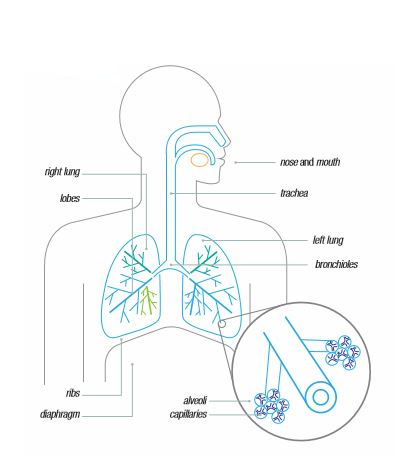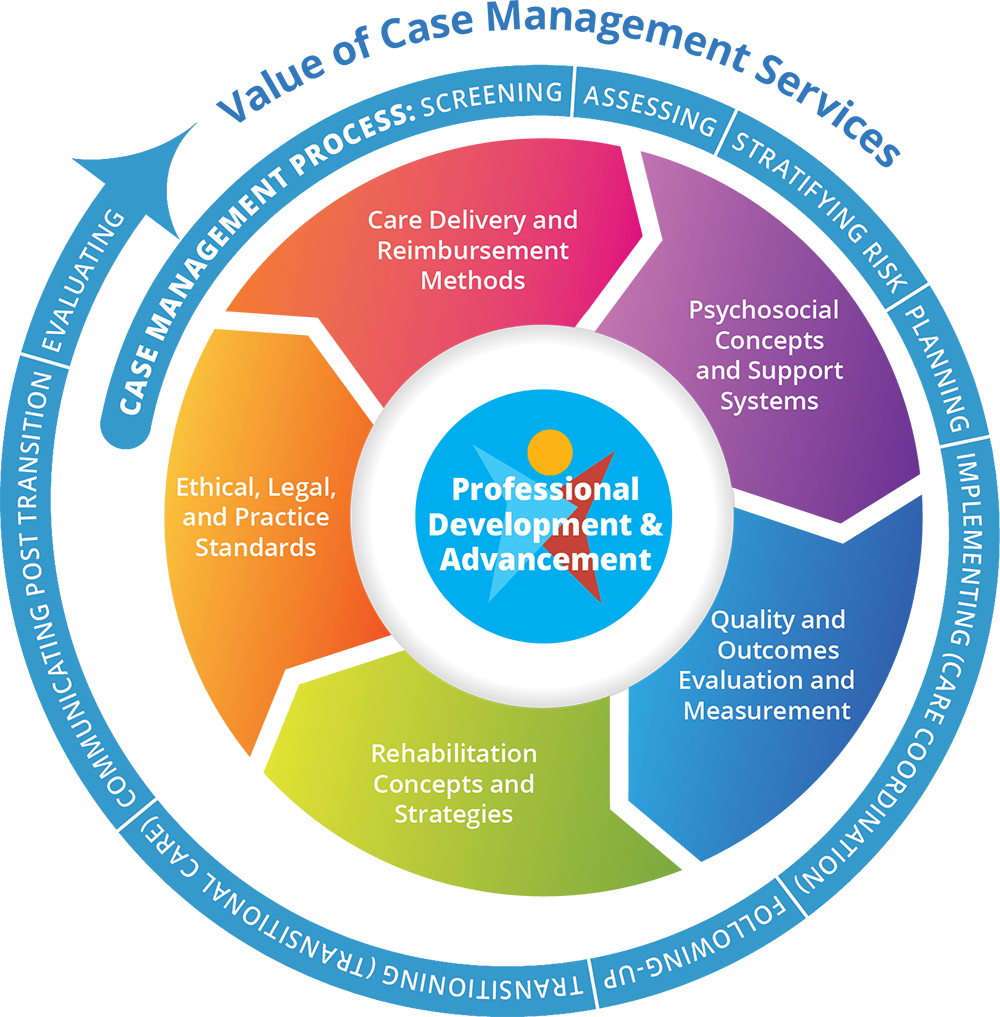THE RESPIRATORY SYSTEM
To better understand chronic obstructive pulmonary disease (COPD) and asthma, we should first explore the respiratory system and the breathing process in normal, healthy lungs.
The respiratory system’s main job is to move oxygenated air into the body while removing waste. It also performs other roles that are important for breathing, such as:
• Changing air to the right body temperature and moisturizing it to the correct humidity level
• Protecting the body from toxic substances by coughing, filtering, swallowing, or sneezing
Breathing by the Numbers
Lungs help a person breathe 12 to 15 times a minute when resting—that’s over 6 million breaths a year.
The respiratory system consists of the following elements:
• The nose and mouth allow air to enter the body. The hairs lining the nose help clean the air
• The throat, also called the pharynx, brings the air from the nose and mouth down to the windpipe, also called the trachea. The trachea connects the throat to the lungs via 2 main bronchial tubes, one for each lung
• These bronchial tubes branch further into bronchioles. At the end of the smallest branches are the alveoli, or air sacs—these are the destination of air that was breathed in
• Capillaries are tiny blood vessels in the walls of the alveoli. Blood passes through these capillaries, entering from the pulmonary artery and leaving by the pulmonary vein. While in the capillaries, blood releases carbon dioxide through the capillary wall into the alveoli and takes up oxygen from the air in the alveoli
• The right lung is divided into 3 lobes or sections. The left lung is divided into 2 lobes. Air moves in and out of the lungs through the branches of the bronchial tubes
• Cilia are very small hairlike projections that line the bronchial tubes. The cilia move like waves and carry mucus up and out of the lungs to the throat where it is either coughed up or swallowed. Mucus catches and holds the germs and dust that may have invaded the lungs. Coughing or sneezing gets rid of the foreign matter and mucus in the lungs and nasal passages
• The diaphragm is a strong wall of muscle that separates the chest cavity from the abdominal cavity. When it moves downwards, the diaphragm creates suction in the chest, drawing in air and expanding the lungs
• The ribs support and protect the chest cavity. They move slightly to help lungs expand and contract

Breathing In and Out
When a person inhales, oxygen-rich air goes down the trachea into the bronchial tubes. These tubes branch out into thousands of smaller, thinner tubes called bronchioles when they reach the lungs. These tubes end in clusters of tiny, round air sacs called alveoli. When air reaches the alveoli, oxygen passes into the tiny blood vessels called capillaries that run through the alveoli’s walls. At the same time, carbon dioxide gas moves out of the capillaries into the alveoli in a process called gas exchange. The air that contains the carbon dioxide then moves up and out of lungs.
The air sacs and airways are elastic. When a person breathes oxygen-rich air in, each air sac fills up with air, like a balloon. When he or she breathes out, the air sacs deflate and the air containing carbon dioxide goes out.
Lung capacity declines as a person ages.
NEXT PAGE: COPD OVERVIEW

